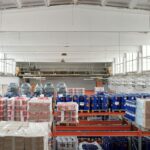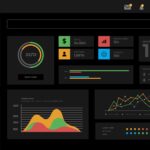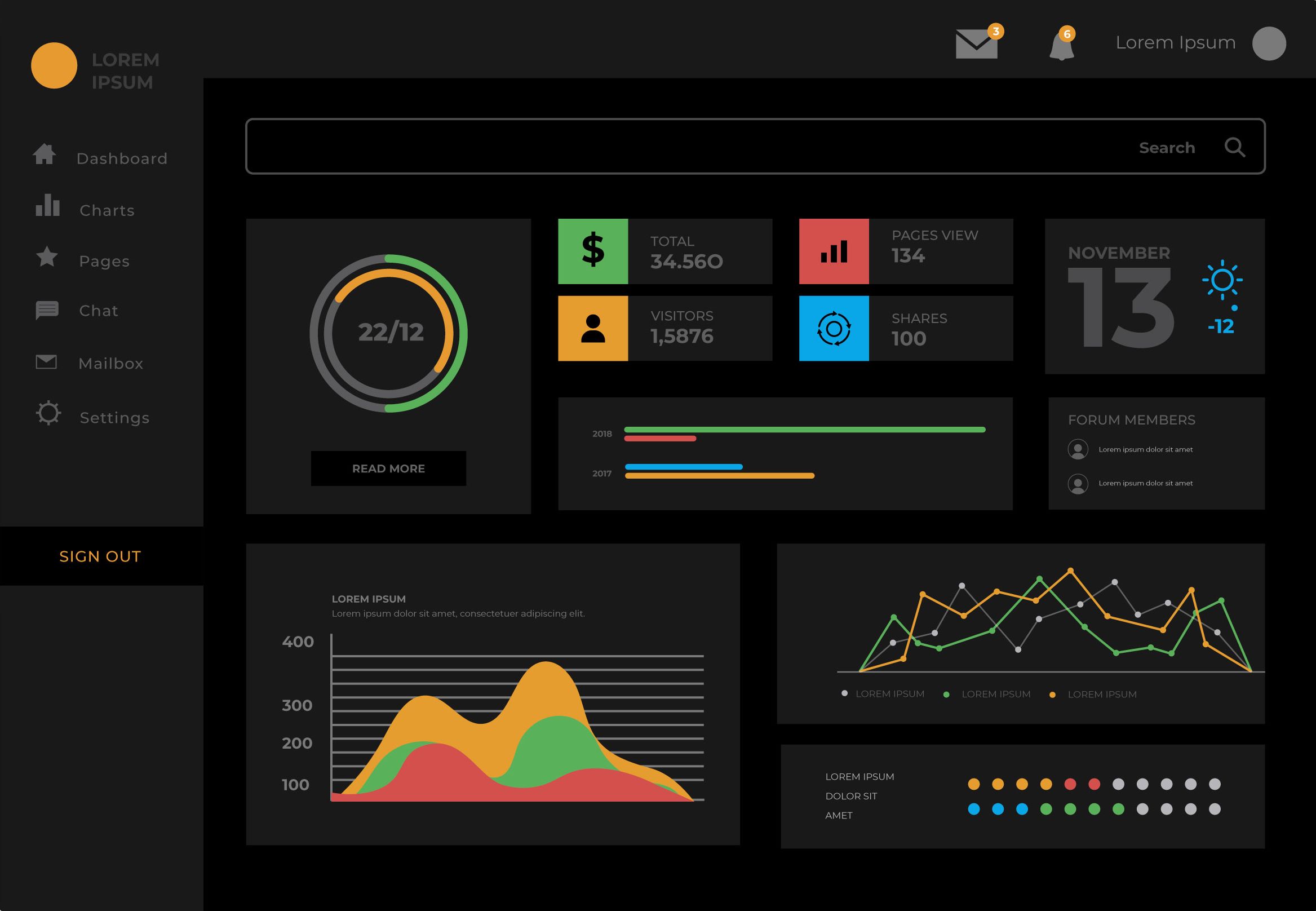You define your products once. Then you sell them everywhere. Then you make them efficiently. And through it all, you have one source of truth for your business.
That’s what’s supposed to happen. But for most eCommerce operators, it doesn’t. Instead, you’re managing product data in one system. Selling on Amazon in another. Offering B2B deals through a completely separate process. And if you’re manufacturing, you’re tracking that separately too—BOMs in a spreadsheet, labor costs manually logged, work orders scattered across emails.
The result is the same every time: chaos, blind spots, and the relentless need for spreadsheets to piece it all together.
We’ve heard this story hundreds of times. One prospect put it simply: “Because our systems are separate, I spend a lot of time piecing together spreadsheets just to see which products and channels are actually performing best. I wish I could get more intuitive, consolidated reporting without all the manual work.”
Another told us: “For our B2B deals—like with universities or swim schools—we invoice using QuickBooks, but keeping the inventory accurate across both B2B and retail channels used to take a lot of manual effort before we added integrations. It’s still complicated because not everything goes through the same platform.”
Today, we’re solving this. We’re launching channel management, B2B wholesale, and light manufacturing—three capabilities that work together to bring your product data, sales channels, and operations into one unified platform.
Channel Management: Define Your Products Once
You shouldn’t have to enter the same product information into multiple systems. With Focal’s channel management, you define your products once—with pricing, descriptions, quantities, and all the details that matter—and you control how they appear across every channel you sell on.
Launch a product on your B2B portal. Push it to Amazon with different pricing. Adjust the Shopify description. Update inventory across all channels from one place. One source of truth for all your product data—pricing, descriptions, inventory—everything synced automatically. No more spreadsheets syncing data between platforms. No more products with outdated pricing in one channel while another is current.
For teams that manufacture their own products, this becomes even more powerful. Your product definition includes your Bill of Materials (BOM). When you decide to manufacture, that BOM is already defined. Your work orders pull from it automatically. Raw materials are consumed from inventory. And your product costs stay accurate in real time.
B2B Wholesale Portal: A New Sales Channel
B2B deals have been happening anyway—but often outside your main system, invoiced through QuickBooks, managed through email chains.
Now you can take B2B orders directly in Focal through a dedicated portal, or use your existing Shopify store as your B2B channel. Your B2B customers get a portal where they can place orders on their schedule, see real-time inventory, and work with customized pricing tiers. You maintain full control: set different pricing for different customer types, manage terms, decide who sees what.
And here’s what matters: B2B inventory comes from the same pool as retail. The same product. The same quantities. When you update inventory in channel management, both your retail and B2B channels see the change immediately. No more overselling. No more manual reconciliation between channels.
Light Manufacturing: Know Your Costs, Run Your Operations
For companies that manufacture their own products—whether internally or through third-party fulfillment—light manufacturing brings order to the operation.
Define your product formulas with detailed BOMs. Create work orders as needed. Consume inventory automatically based on your BOM. Track labor hours against each work order—so you know exactly how much manufacturing labor went into each product. That means you can finally answer the questions that matter:
- What’s my true COGS?
- Which products are actually profitable after factoring in manufacturing time?
- How much efficiency did we gain by making this change?
Your labor costs flow directly into your cost accounting, so your P&L reflects reality instead of guesses.
They Work Together
Here’s what changes when these three capabilities live in one platform:
You launch a new product. You define it once in channel management—with your BOM, your retail price, and your B2B pricing. Within minutes, it’s available in your B2B portal at the B2B price. It’s showing on Amazon at the retail price. And when you need to manufacture units, the BOM is already there. Your team creates a work order. Labor is tracked. Inventory adjusts. And you know exactly what that product cost you to make.
You’re not managing three separate businesses. You’re running one business, selling through multiple channels, with complete visibility into operations and profitability.
The questions you can answer shift dramatically:
- Which channels are actually driving margin?
- Which products are most efficient to manufacture?
- How is our B2B channel contributing to revenue?
- What’s our real profit after we factor in manufacturing labor?
You go from piecing together spreadsheets to having real answers. And that changes how you make decisions.
Available November 25
Channel management, B2B wholesale, and light manufacturing are launching on November 25. If you’re a current customer, you’ll have immediate access to start managing your products across channels, set up your B2B portal, and create your first work orders.
Check out our knowledge base for setup guides on channel management, B2B wholesale, and light manufacturing. And if you have questions, reach out—we want to help you transition from fragmented tools to unified operations.
This is what we built Focal to do: help you see your whole business clearly so you can run it better. One platform. Multiple channels. Complete control.
Ready to get started? Head to our guides and start consolidating your operations today.

















